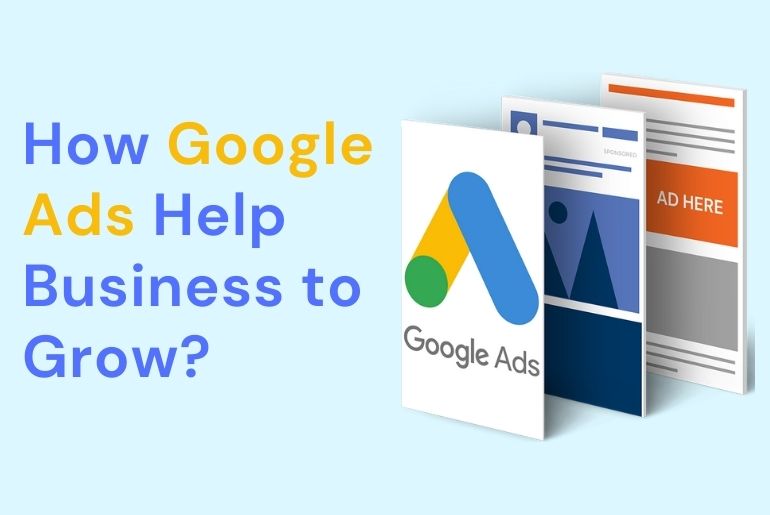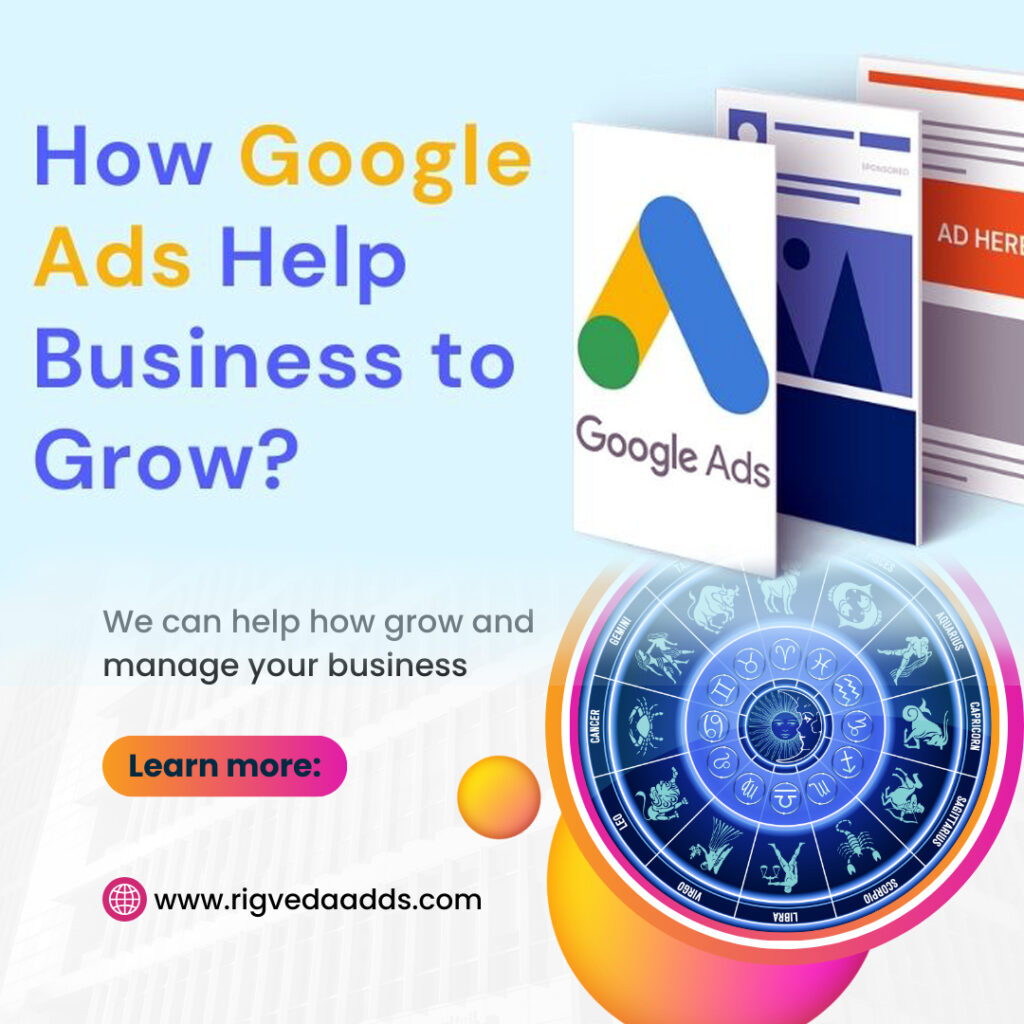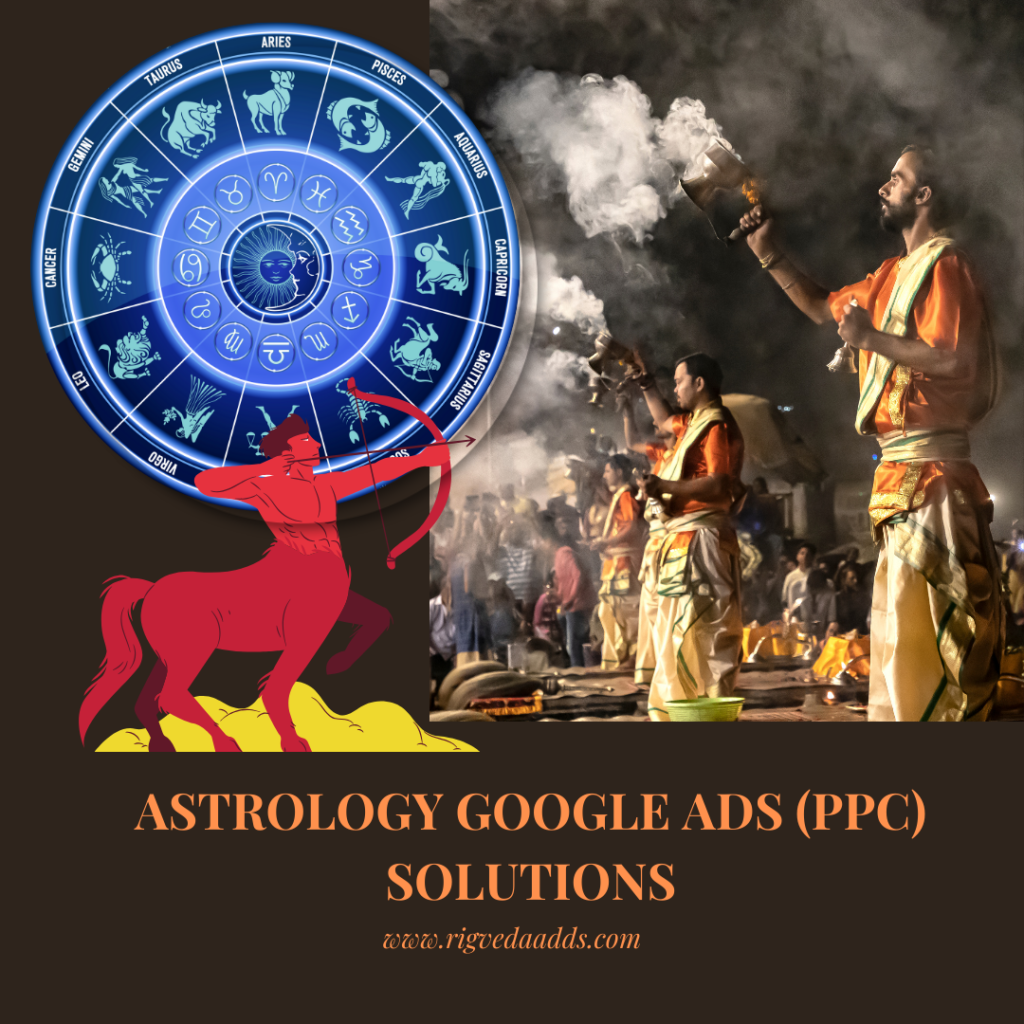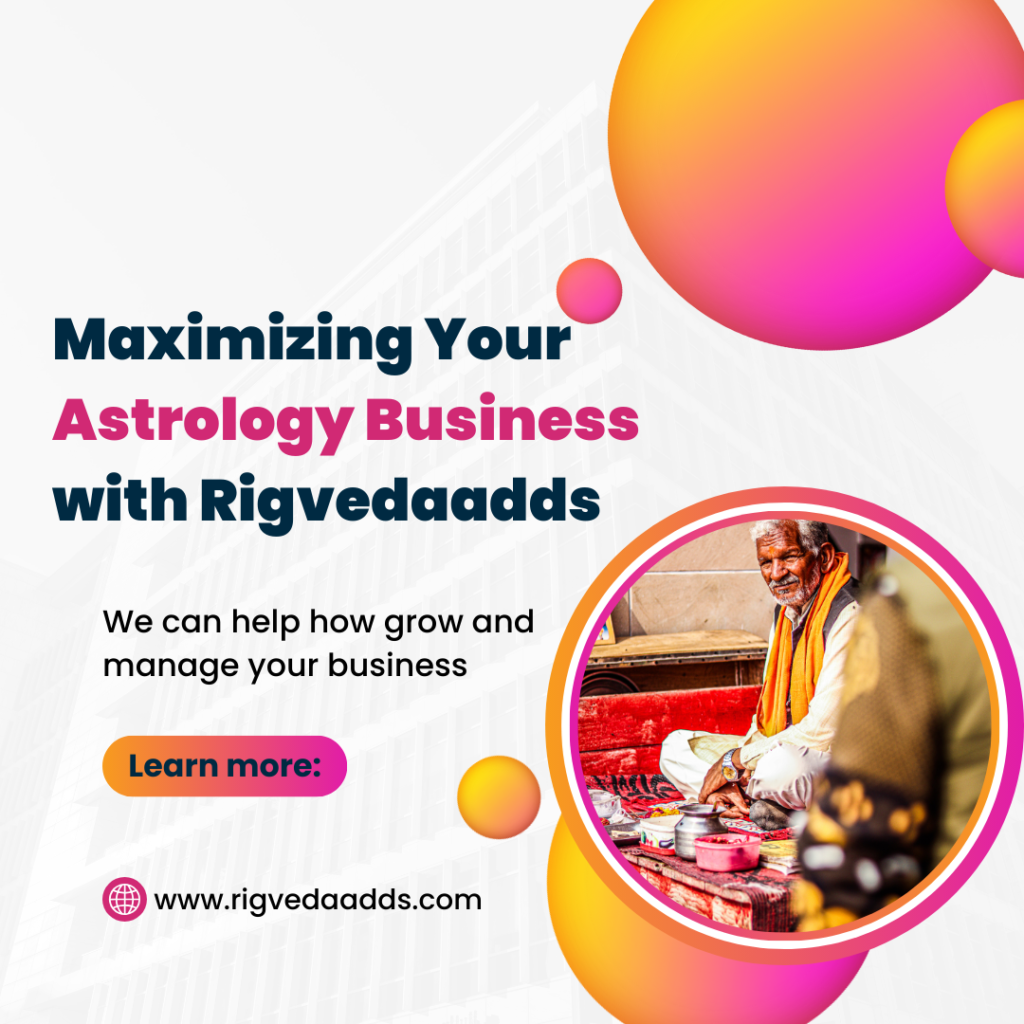
Google Advertising, primarily facilitated through Google Ads, is a powerful tool for businesses to reach potential customers through targeted advertisements. Here’s an in-depth look at how it operates, with a focus on unique and SEO-friendly content:
Google Advertising, primarily facilitated through Google Ads, is a powerful tool for businesses to reach potential customers through targeted advertisements. Here’s an in-depth look at how it operates, with a focus on unique and SEO-friendly content: Google Advertising, primarily facilitated through Google Ads, is a powerful tool for businesses to reach potential customers through targeted advertisements. Here’s an in-depth look at how it operates, with a focus on unique and SEO-friendly content.
Google Ads is an online advertising platform where advertisers bid on keywords to display their ads on Google’s search engine results pages (SERPs) and across Google’s network of partner websites. The platform operates on a pay-per-click (PPC) model, meaning advertisers pay only when users click on their ads.
How Google Ads Works
1. Setting Up the Account
- Create an Account: Businesses start by creating a Google Ads account.
- Billing Information: Set up billing to manage payments for ad spending.
2. Creating Ad Campaigns
- Campaign Goals: Choose campaign goals such as website traffic, brand awareness, or sales.
- Campaign Types: Select the type of campaign – Search Network, Display Network, Shopping, Video, or App.
3. Keyword Research and Selection
- Identify Keywords: Use tools like Google Keyword Planner to find relevant keywords.
- Match Types: Select keyword match types (broad, phrase, exact) to control how closely search queries must match the keywords.
4. Ad Creation
- Ad Groups: Organize ads within ad groups centered around a common theme or keyword set.
- Ad Copy: Write compelling ad copy that includes headlines, descriptions, and calls to action (CTAs).
- Ad Formats: Choose from various ad formats such as text ads, image ads, responsive ads, and video ads.
5. Bidding Strategies
- Manual Bidding: Set maximum bids manually for clicks.
- Automated Bidding: Use Google’s automated bidding strategies like Target CPA, Target ROAS, or Maximize Clicks to optimize bids based on goals.
6. Targeting and Segmentation
- Demographics: Target ads based on user demographics like age, gender, and income.
- Geography: Focus ads on specific locations to reach local or international audiences.
- Interests and Behavior: Use audience targeting to reach users based on their interests and online behavior.
7. Ad Placement and Quality Score
- Ad Auction: Google runs an auction every time a search is performed to determine which ads appear.
- Quality Score: A metric that includes expected click-through rate (CTR), ad relevance, and landing page experience. Higher Quality Scores can lower costs and improve ad positions.
8. Performance Tracking and Optimization
- Analytics: Use Google Analytics and the Google Ads dashboard to monitor ad performance.
- A/B Testing: Conduct A/B tests on ad copies, landing pages, and targeting strategies to identify what works best.
- Adjustments: Continuously optimize campaigns based on performance data, adjusting bids, keywords, and ads.
Benefits of Google Ads
- Targeted Reach: Precise targeting options ensure ads reach the right audience.
- Measurable Results: Detailed analytics help track ROI and adjust strategies.
- Flexibility: Control over budget, targeting, and bidding strategies.
- Scalability: Suitable for businesses of all sizes, from local stores to global enterprises.
SEO-Friendly Tips for Google Ads
- Keyword Integration: Align ad keywords with SEO keywords for consistent messaging and improved quality score.
- Relevant Landing Pages: Ensure landing pages are optimized for SEO, providing a seamless user experience and relevant content.
- Mobile Optimization: Design ads and landing pages that are mobile-friendly, as mobile search continues to grow.
- Ad Extensions: Use ad extensions to provide additional information and improve ad visibility.
- Content Quality: Focus on high-quality, relevant ad copy that matches user intent and enhances user engagement.
Google Ads is a robust platform that, when used effectively, can drive significant traffic and conversions for businesses. By understanding its mechanics and integrating SEO principles, businesses can enhance their online presence and achieve their marketing goals.

PPC for Google Ads
Using PPC (Pay-Per-Click) for Google Ads involves strategic planning and creative approaches to maximize effectiveness and ROI. Here’s a novel idea that blends advanced targeting with engaging content to make your PPC campaigns stand out:
Interactive Story-Based PPC Campaigns
Concept: Create a series of interactive ads that tell a compelling story over multiple touchpoints. Each ad leads to a unique landing page, forming a chapter of the story, and encourages user interaction. This approach not only captivates the audience but also enhances engagement and conversion rates.
Steps to Implement Interactive Story-Based PPC Campaigns
1. Develop a Compelling Narrative
- Story Arc: Outline a captivating story that aligns with your brand and resonates with your target audience. Make sure it has a clear beginning, middle, and end.
- Characters and Plot: Introduce relatable characters and an engaging plot. The story should address common pain points and showcase how your product or service provides a solution.
2. Segment the Story into Ad Series
- Ad Groups: Divide the story into several segments, each representing a chapter. Create dedicated ad groups for each chapter to maintain organization and relevance.
- Ad Copy: Craft compelling ad copy for each chapter, ensuring it teases the next part of the story and entices users to click through.
3. Design Interactive Landing Pages
- Chapter Pages: Design unique landing pages for each chapter. Use interactive elements like videos, infographics, quizzes, or polls to engage users.
- Call-to-Action (CTA): Include a strong CTA that encourages users to continue to the next chapter, such as signing up for a newsletter, downloading a resource, or following on social media.
4. Advanced Targeting and Retargeting
- Audience Segmentation: Use detailed audience targeting to reach users who are most likely to engage with your story. Consider demographics, interests, and behavior.
- Retargeting: Implement retargeting campaigns to re-engage users who have interacted with previous chapters but haven’t completed the story. Use dynamic ads to remind them of where they left off.
5. Utilize Various Ad Formats
- Text Ads: Use text ads for simplicity and direct messaging.
- Display Ads: Create visually appealing display ads to attract attention across the Google Display Network.
- Video Ads: Produce short, engaging videos for YouTube to bring the story to life and reach a broader audience.
- Responsive Ads: Leverage responsive ads to automatically adjust size, appearance, and format to fit available ad spaces.
6. Optimize for Mobile
- Mobile-Friendly Design: Ensure all ads and landing pages are optimized for mobile devices. Interactive elements should be touch-friendly and load quickly.
- Mobile-Specific Campaigns: Create mobile-specific ad campaigns if a significant portion of your audience accesses content on mobile devices.
7. Measure and Adjust
- Analytics Tracking: Use Google Analytics and Google Ads reports to track the performance of each chapter ad and landing page.
- A/B Testing: Conduct A/B tests on ad copies, landing page designs, and interactive elements to determine what works best.
- Iterative Improvement: Continuously refine your ads and story based on performance data, audience feedback, and market trends.
Benefits of Interactive Story-Based PPC Campaigns
- Increased Engagement: A compelling narrative encourages users to interact more with your ads and landing pages.
- Higher Conversion Rates: By gradually building trust and interest, users are more likely to convert as they progress through the story.
- Brand Loyalty: A memorable and engaging story can foster a deeper connection with your brand.
- Improved Retention: Users are more likely to remember and return to your site when they are engaged in a storyline.
Implementing interactive story-based PPC campaigns is a unique and creative way to leverage Google Ads, combining the power of narrative with advanced targeting and interactivity to create a memorable and effective advertising experience.



